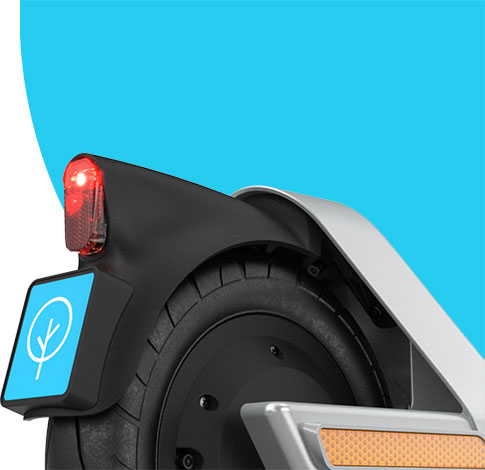When all is said and done, inventor Dean Kamen’s Segway HT (Human Transporter) will likely be remembered as the vehicle that revolutionized urban mobility as we know it—just not the way he, or anyone else, had imagined.
By the time the much-hyped personal transportation device was unveiled to the world on December 3, 2001, the anticipation had become palpable across the entire tech industry. Steve Jobs famously claimed that this new invention would be as big of a deal as the PC. John Doerr suggested that it might even out-influence the internet.
And then, 19 years and a mere 140,000 sales later, the announcement came this week that the Segway brand would be retiring the iconic, self-balancing vehicle that has become, despite once-loftier aspirations, synonymous with “mall security” and guided groups of camera-wielding tourists.
Good natured fun aside, we’d be remiss not to recognize and pay tribute to the vehicle that paved the way for electric-powered micromobility as we know it. The truth is, the global electric scooter phenomenon that’s been reshaping urban transportation over the past three years is built on a foundation that Mr. Kamen started to put in place nearly two decades ago.
First there’s the engineering and novel form factor. While the Segway Human Transporter may have lacked mass-market appeal, its revolutionary design and technology nevertheless spawned an entire industry of personal, electric, two-wheeled vehicles from hoverboards to, yes, e-scooters.
More than anything, though, the original Segway had the audacity to ask a simple but profound question: what does a reimagined future of urban transportation look like? In a world that had become accustomed to sacrificing thriving city neighborhoods in exchange for highways and parking lots, here was a machine that gave us our first real glimpse of tech-driven, sustainable mobility built to human scale since the bicycle.
The legacy of the Segway is not one of wild commercial success, but that doesn’t make it any less significant. Four years before the French city of Lyon launched the world’s first at-scale modern bike sharing program; fourteen years before the dockless bicycle craze swept across China; sixteen years before Bird launched the world’s first fleet of shareable electric scooters in Santa Monica, Dean Kamen and his two-wheeled people-mover of the future showed us all what’s possible when you apply imaginative thinking to the complex problem of personal, sustainable urban mobility.
From all of us at Bird working alongside and championing the efforts of city leaders and policy makers who are at long last taking public space away from cars and giving it back to the people, there’s only one thing to say: thank you sincerely for helping pioneer such a revolutionary shift towards sustainable electric mobility.

Travis VanderZanden is the founder and CEO of Bird.

